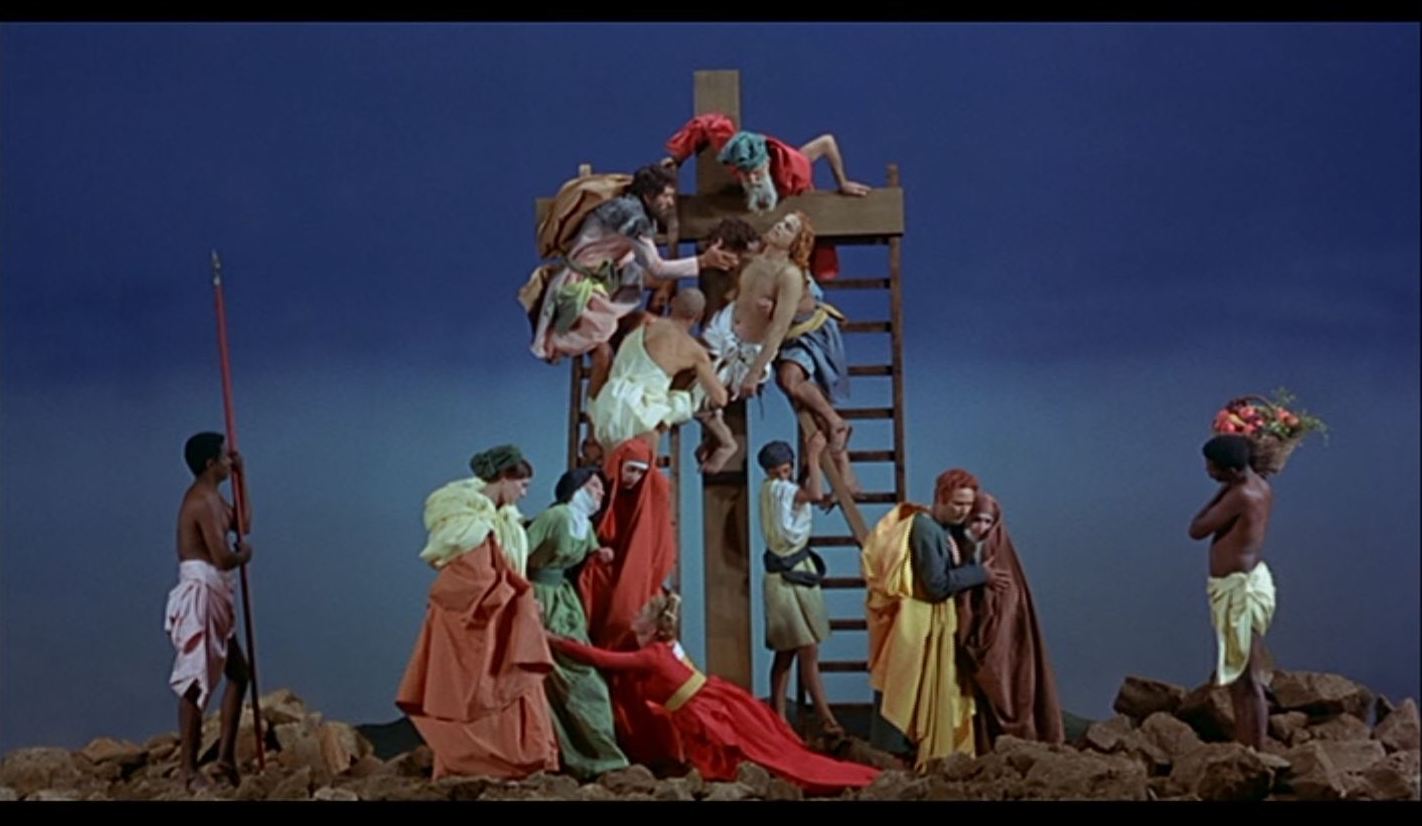Pier Paolo Pasolini and the tableau vivant: Metadiscursive Reflections on the Image of the Sacred and the Sacredness of the Image in La Ricotta and Il Decameron

Published 2024-04-22
Keywords
- Film Criticism,
- Film Theory,
- Art History,
- Old Masters,
- Pier Paolo Pasolini
- La ricotta,
- Il Decameron ...More

This work is licensed under a Creative Commons Attribution 4.0 International License.
Abstract
Among the many various ways in which Pier Paolo Pasolini uses elements of art history in his cinema, this essay focuses on the use of tableau vivant which, by its own nature, seems to host the deepest narrative cores of his films. By analysing the tableaux vivants in Rosso Fiorentino’s Deposizione dalla Croce, Pontormo’s Trasporto di Cristo nel sepolcro (from La ricotta) and Giotto’s Giudizio Universale from the Scrovegni Chapel (from Il Decameron), the paper aims to demonstrate their central role in articulating the view on the creation of art that Pasolini constructs in his cinematic works. From the eruption of a radical stylistic crisis – in La ricotta – to the subsequent realization – in Il Decameron – that the crisis cannot be resolved, Pasolini uses the natural metadiscursive inclination of tableau vivant to express the deepest points of his discourse.
